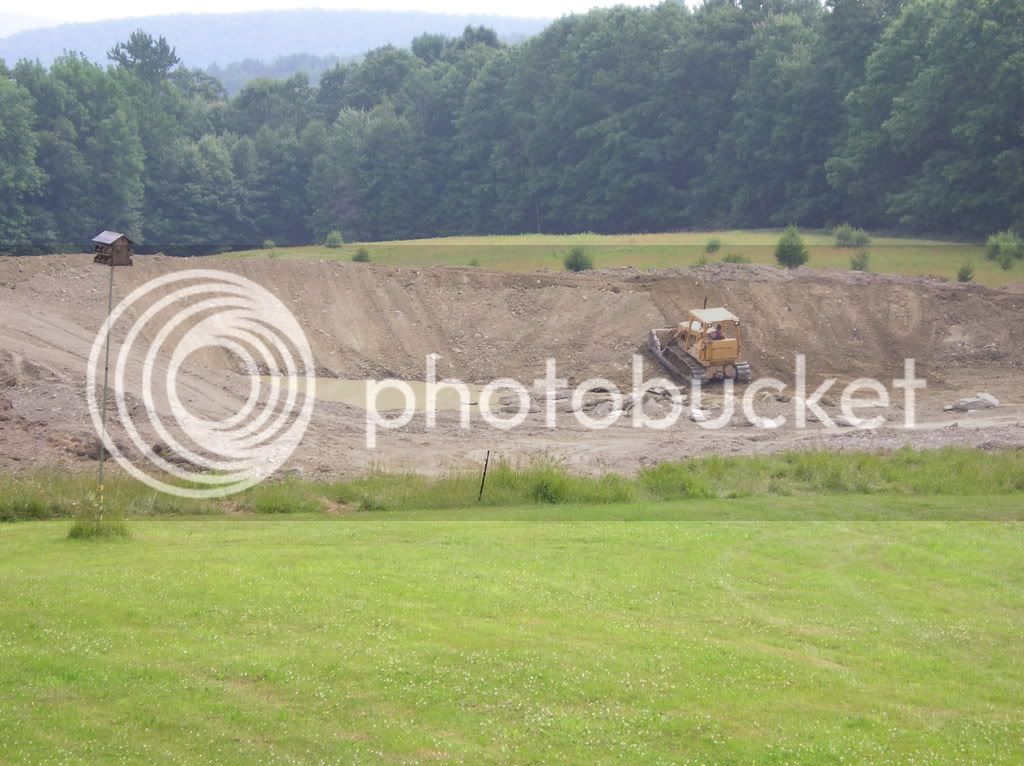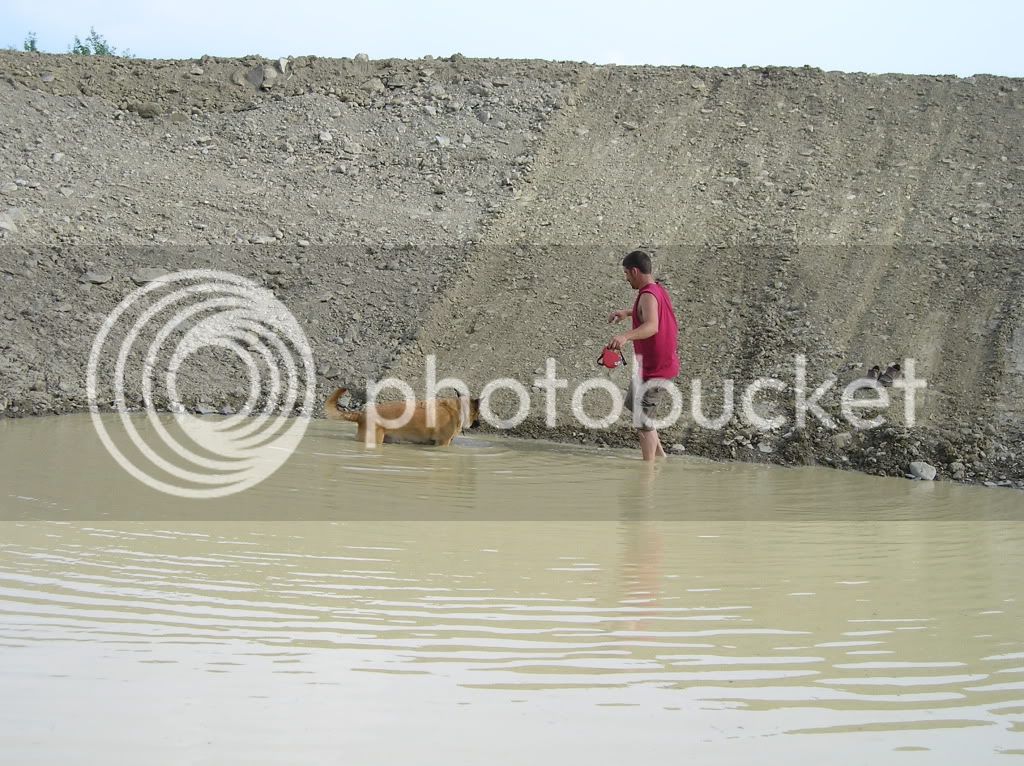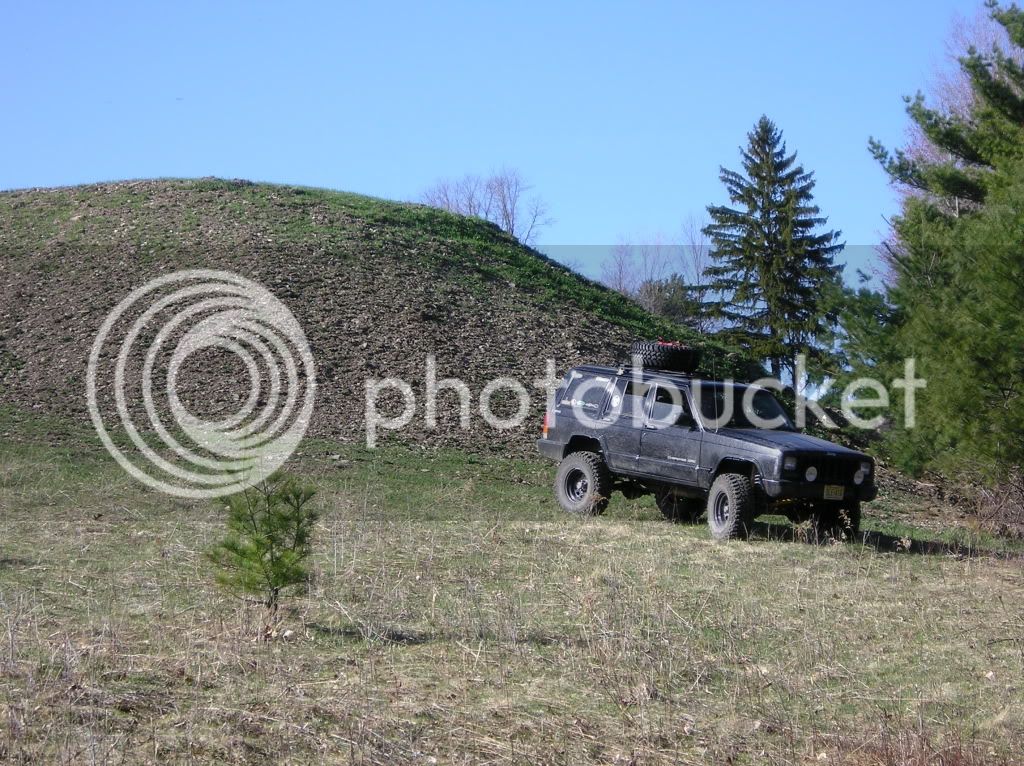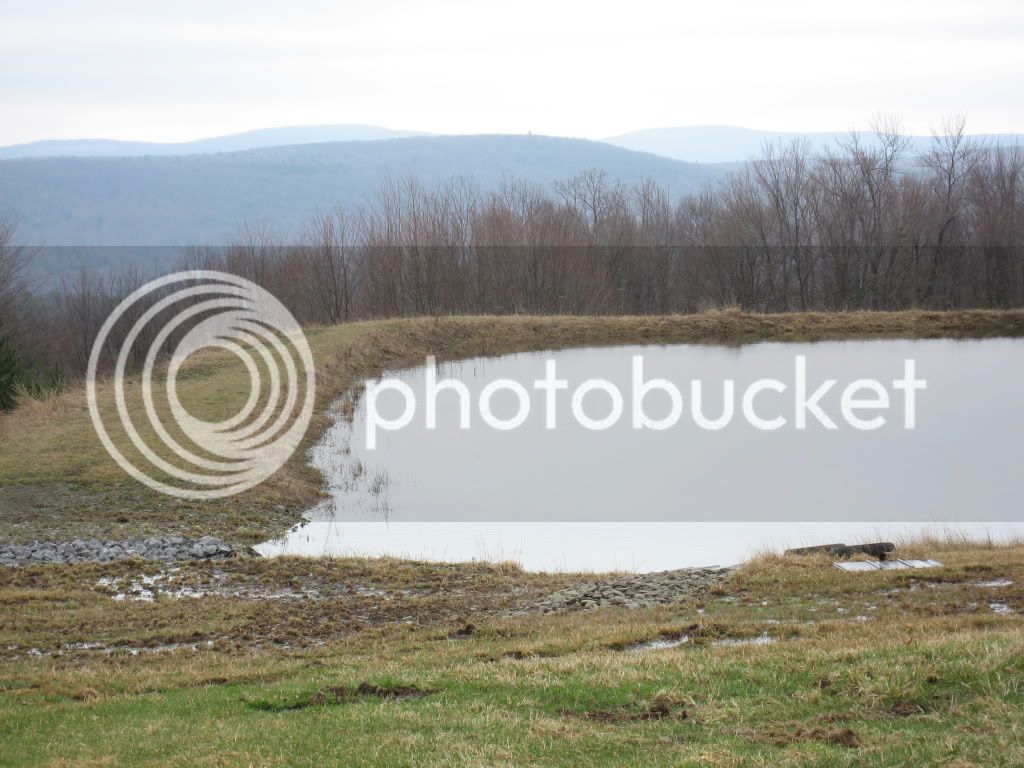Boerderij_Kabouter
Well-Known Member
I want to put a big pond in my yard, and I want some information about it.
Since out community has pretty much everything on the planet, I figured
someone here would know about this stuff.
Background:
I have 3.125 acres of property in the country. A farmers swale has always
run through the yard but now with surrounding development, our yard has
begun to hold more and more of the water. The result is a small wetland in
my back yard.
To further complicate matters, the farm that surrounds us is owned by a
developer (related) who intends to put a subdivision there when the
housing market builds back up. The plan puts a drainage pond right behind
our property.
My plan:
I want a pond with a small river where the wetland is. My plan is to have it
look like this:

I want the pond to be deep enough to hold some fish and winter over in
Wisconsin. I also want to have it be a natural habitat without adding
chemicals etc. The river will have to be pumped.
So what I am looking for is very rough install costs, reality checks, tips,
suggestions, operating costs/work, and anything at all you can think of to
say.
Thanks!
Since out community has pretty much everything on the planet, I figured
someone here would know about this stuff.
Background:
I have 3.125 acres of property in the country. A farmers swale has always
run through the yard but now with surrounding development, our yard has
begun to hold more and more of the water. The result is a small wetland in
my back yard.
To further complicate matters, the farm that surrounds us is owned by a
developer (related) who intends to put a subdivision there when the
housing market builds back up. The plan puts a drainage pond right behind
our property.
My plan:
I want a pond with a small river where the wetland is. My plan is to have it
look like this:

I want the pond to be deep enough to hold some fish and winter over in
Wisconsin. I also want to have it be a natural habitat without adding
chemicals etc. The river will have to be pumped.
So what I am looking for is very rough install costs, reality checks, tips,
suggestions, operating costs/work, and anything at all you can think of to
say.
Thanks!












































![Craft A Brew - Safale BE-256 Yeast - Fermentis - Belgian Ale Dry Yeast - For Belgian & Strong Ales - Ingredients for Home Brewing - Beer Making Supplies - [3 Pack]](https://m.media-amazon.com/images/I/51bcKEwQmWL._SL500_.jpg)

















